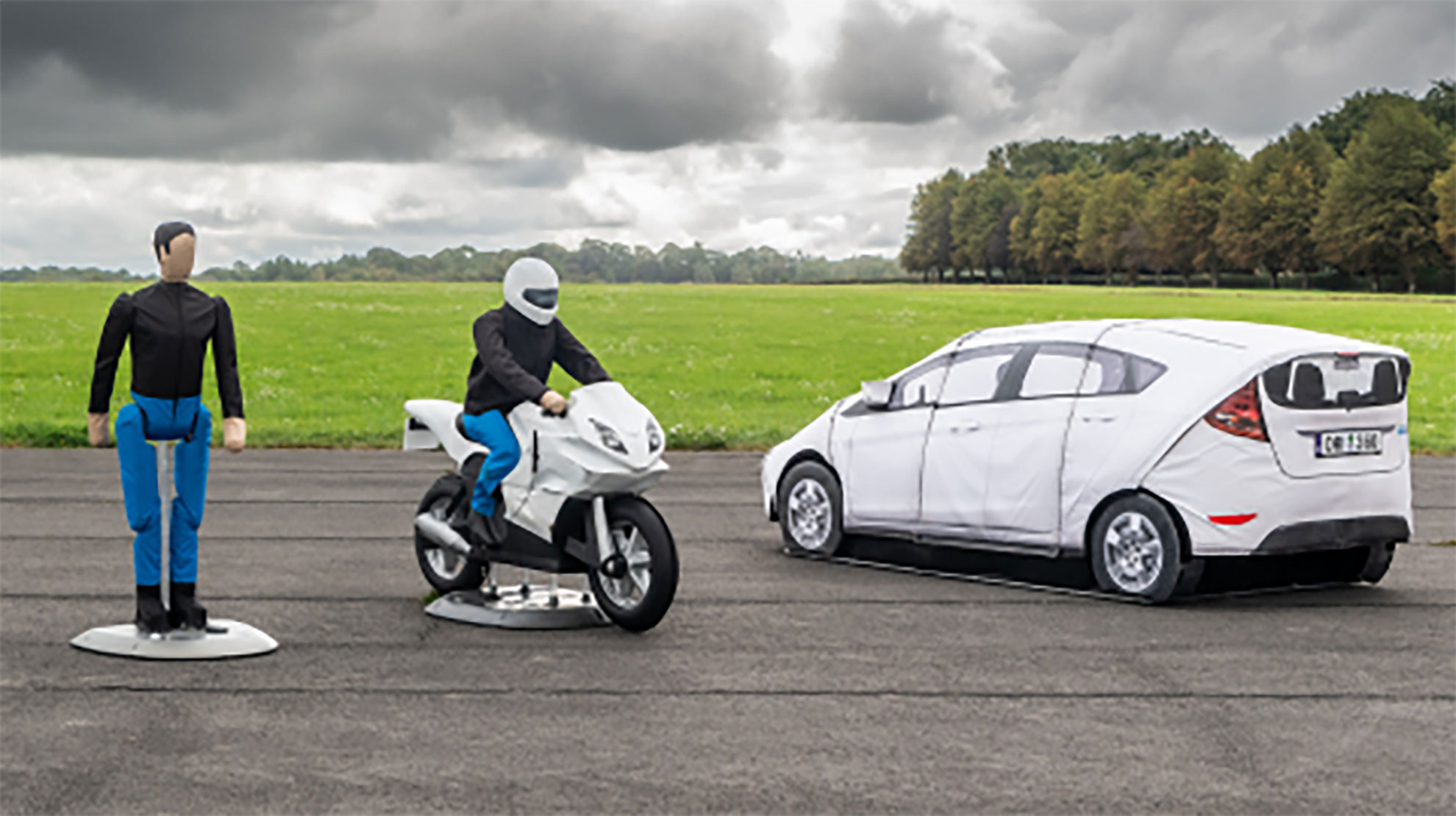
As the automotive industry continues to shift towards more advanced driver assistance and automated driving, our Business Director of Track Test Systems, Dr. Andrew Pick explores the future challenges, advancements, and direction of testing methodologies.
How has the landscape of automotive testing changed over the past decade?
Over the last decade, we've witnessed a significant transformation in automotive testing. Driver assistance systems have now filtered down from premium vehicles to becoming a standard feature in every new vehicle thanks to changes in legislation to improve safety. This shift has significantly increased the requirement for ADAS testing and places a higher burden on OEMs, test houses and test equipment. As a result, we have focussed our product development programmes to meet this changing demand and help improve testing efficiency.
What challenges do test engineers face with the rise of driver assistance systems?
While regulatory and consumer testing typically involves only the vehicle under test and a single ADAS target, real-world scenarios are often much more complex. For example, traffic can cause distractions and obscure the driver’s, and sensor’s, view of an impending collision. Even if legislation doesn’t necessitate more complex scenarios in the future, the demand from consumers for a better driving experience will. As such, the testing of driver assistance systems will require an increasingly accurate representation of real-world scenarios. We are actively addressing this by incorporating greater realism into our ADAS targets, introducing additional targets, and enabling more complex scenarios to take place.
How does AB Dynamics envision the future of testing for driver assistance systems?
We are already seeing a shift towards more realistic and complex testing scenarios. For example, Euro NCAP's cut-out scenario, focusing on adaptive cruise control in following traffic, highlights the need to consider the effects of multiple vehicles. On top of this, increasing levels of automated driving also necessitate more complex testing.
How will automated driving impact testing?
ADAS technologies are not infallible, but they don't need to be. As the name suggests, they are there to assist the driver and their purpose is to reduce the probability of collisions resulting from driver errors. However, as we move towards automated driving functions, which assume responsibility for driving tasks, the robustness of these systems becomes absolutely crucial, and testing is a critical part of validating this. Simulation will play an increasing role in subjecting these systems to the almost limitless possibilities that can occur on our roads but ultimately these simulated tests will need to be correlated in the real world. Testing will need to encompass every conceivable scenario, driving an increase in the volume of testing as automation becomes more prevalent.
How will testing requirements for automated driving differ from current practices?
Automated driving functions demand new testing methods and tracks. For example, we anticipate that the current single-run approach to testing will need to be replaced by a more efficient fluid solution. Imagine a swarm of vehicles continuously repositioning to perform a multitude of uninterrupted scenarios over hundreds of kilometres on a looped track. We are developing new communication technologies as well as scenario planning and execution tools to enable this type of testing. It will require proving grounds to develop new facilities to allow continuous running on multi-lane highways to meet this type of testing.
How is AB Dynamics preparing for the future of automated driving testing?
We are ready to embrace the future challenges in automated driving testing. As the industry works towards providing safe and affordable automated driving, we are committed to delivering cutting-edge test solutions. Our focus is on adapting to new testing methodologies, developing innovative products, and contributing to the evolution of the automotive testing landscape.
Key takeaways:
- Over the last decade, the need for increased ADAS testing has placed a higher burden on OEMs, test houses, and test equipment.
- Real-world scenarios are often more complex than regulatory and consumer testing, which typically involves only the vehicle under test and a single ADAS target.
- AB Dynamics envisions a shift towards more realistic and complex testing scenarios. Increasing levels of automated driving will necessitate more complex testing.
- Automated driving functions demand new testing methods and tracks. AB Dynamics anticipates that the current single-run approach to testing will need to be replaced by a more efficient fluid solution.
For more information on how AB Dynamics can support your ADAS testing programme visit click here or contact us at info@abdynamics.com.












